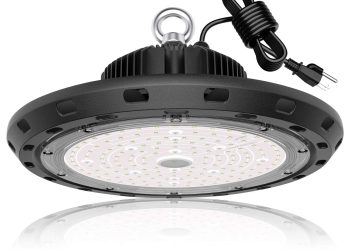In today’s era of high utility and energy costs, many homeowners are wondering how to cut their costs while maintaining their usual standard of living. If you’re thinking of upgrading your home while saving some green, look no further than the tips below.
Invest in your home’s structure
If your home was built a few decades ago, it’s probably time to inspect your attic and windows with a lens on if they’re good at keeping the home’s temperature in check. Experts estimate that most homes lose around 25% of their heat through the attic which is why spray foam insulation is a must. This upgrade only costs around $1,000 to $3,600 which frequently is recouped when the home is sold.
It’s also important to examine the windows throughout your property. Energy Star rated windows provide consistent temperatures year-round and can reduce your energy bills by 15%. As with spray foam insulation, Energy Star windows are an investment that can pay for itself by the time you sell your home. While window replacements can cost $12,000, they add close to $9,600 to your home’s resale value.
Go for an Energy Star certified water heater
Water heaters tend to be one of those parts of the home that are overlooked because they’re out of sight and don’t require much upkeep. While homeowners might not think much of them, they play a significant role in energy costs, with an electric water heater costing $620 a year on average for a family of four.
By upgrading your water heater to an Energy Star certified storage water heater and combining it with efficient heat pumps, you can save $3,500 over the course of the unit’s lifespan. Water heaters vary widely in price ranging from $400 on the low end, and over $1,200 for higher-end models. Tankless water heaters are worth exploring if your budget permits because they’re much more energy-efficient and can save you up to $100 per year.
Improve your home’s exterior
Although many homeowners view their garage as just a space to store items or park their cars, the garage has a major impact on your energy bills. For example, an inefficient garage door allows cold air to flow into your home during the winter, and allows cool air to escape in the warmer months.
Energy-efficient garage doors can help you save as much as 15% on your energy bills and homeowners generally recover 94% of the door/installation costs at the time of resale.
In addition to purchasing a new garage door, adding weatherstripping to your exterior doors and windows is an extremely cost effective way to save on energy costs. Weather stripping generally costs between $20 to $30 and can potentially add thousands of dollars to your home’s value at resale.
Add solar panels
The final tip we’ll touch on in this article is adding solar panels to your home. While this upgrade can be costly ($15,000 to $25,000), experts have found that a home’s value increases by $20 for every $1 in energy cost reductions. This means it’s at least considering if you’re in a sunny climate.







